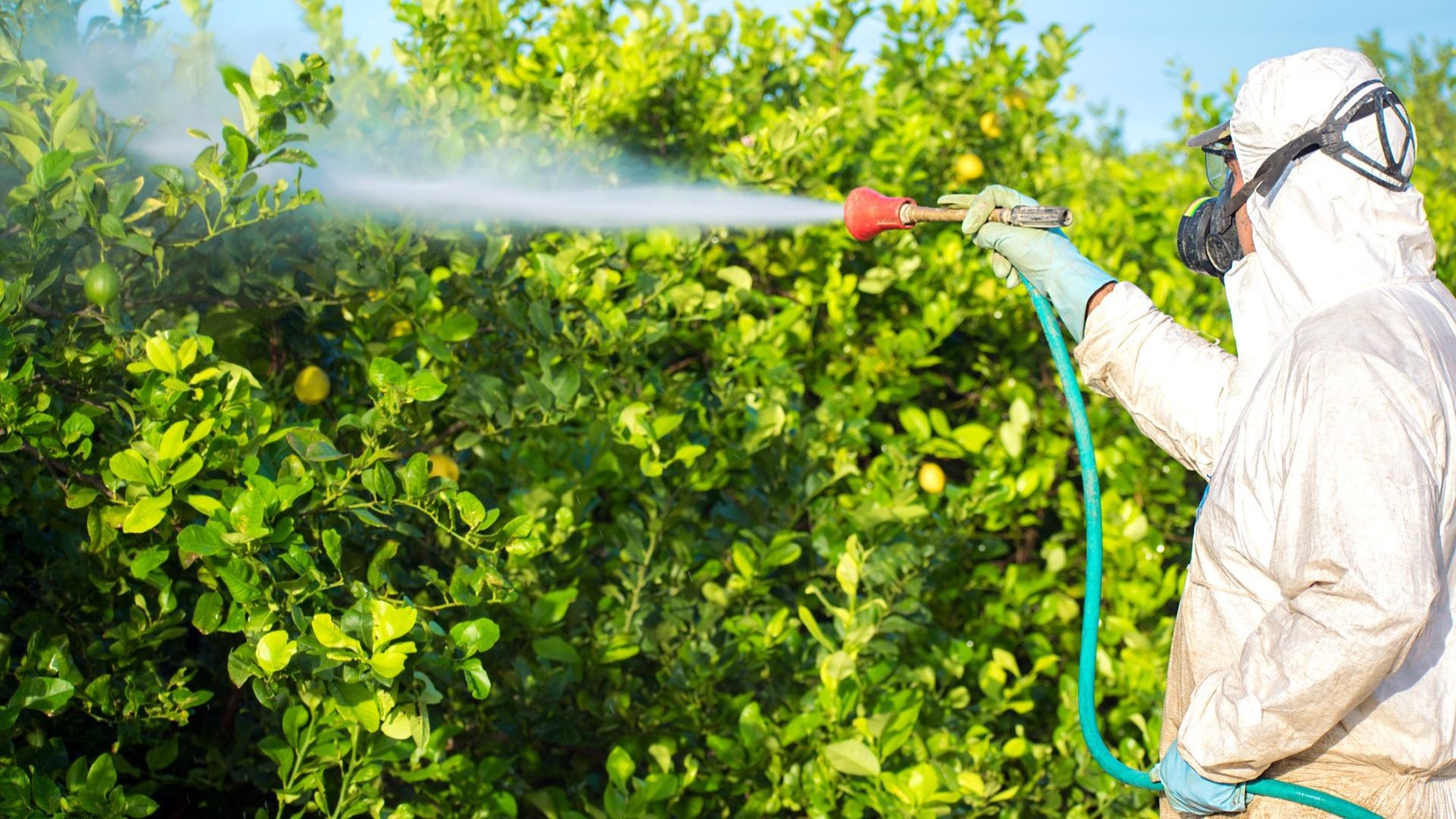Manage Risks of Eastern Equine Encephalitis and Other Mosquito-Transmitted Viruses

Take precautions if an eastern equine encephalitis (EEE) outbreak occurs near your K-12 school, college, or university or in a location where you host travel. Mosquito-transmitted viruses such as EEE can have devastating effects. What begins as a small outbreak can quickly grow — with deadly consequences.
Understand the Effects of EEE
EEE — a rare virus that causes brain infections — spreads through mosquito bites, typically near swampy areas. Those infected begin experiencing symptoms four to 10 days after the bite.
Symptoms may include:
- Chills
- Fever
- Body aches
- Joint pain
In severe cases, symptoms may include:
- Headache
- Drowsiness
- Vomiting
- Diarrhea
- Seizures
- Behavioral Changes
- Coma
People engaging in outdoor work or recreation in these areas are at highest risk of infection. Children and people over age 60 are likelier to get the more severe form of EEE.
Although EEE is relatively rare for humans, about 30% of all people with the virus die from the disease, according to the Centers for Disease Control and Prevention (CDC). Those who recover from EEE are often left with disabling and progressive diseases.
Prevent Mosquitoes on Campus
Since there is no EEE vaccine, prevention relies on mitigating exposure to mosquitoes. Mosquitoes are attracted to standing water and lay eggs there. To control the population of mosquitoes at your institution, follow these CDC recommendations:
- Eliminate standing water. Empty and scrub, turn over, cover, or throw out items that hold water. Tightly cover water storage containers or use wire mesh with holes smaller than an adult mosquito.
- Repair cracked septic tanks. Cover open pipes with wire mesh with holes smaller than an adult mosquito.
- Keep mosquitoes out of buildings. Use screens on windows and repair holes. Use air conditioning when available.
- Spray pesticide. The National Institute for Occupational Safety and Health (NIOSH) recommends spraying pesticides during hours when activities at your institution don’t occur. Provide written notification to the campus community in advance, and during the pesticide treatment post signage around the perimeter. Some states require notification at least 24 hours before applying pesticide. A NIOSH fact sheet and the Environmental Protection Agency website provide additional recommendations. If, for example, your state’s agriculture department plans to spray pesticides in a zone that includes your institution, notify the campus community. For an example, see the notifications from Walla Walla Public Schools in Washington.
If your institution is in an outbreak location, avoid scheduling outdoor activities during dusk and evenings, when mosquitoes are most active.
Practice Enhanced Equine Care
If your institution owns horses, take these additional actions to prevent EEE transmission:
- Vaccinate horses annually for the virus (although there is no human EEE vaccine, a horse vaccine is available). Vaccinations are ideally conducted in spring, prior to the outbreak season. Visit the American Association of Equine Practitioners website for more vaccination information.
- Change water in horse troughs and buckets frequently to limit standing water sources that attract mosquitoes.
Monitor and Communicate
If your institution is in an outbreak zone, relay outbreak and prevention information to the community. Among the precautions to address in a campus alert:
- Prevent mosquito bites by wearing long-sleeved shirts and pants and using an EPA-registered insect repellent. (This CDC mosquito control fact sheet provides preferred ingredients and brand examples for repellent.)
- Talk to a doctor if you develop symptoms.
If your institution has travel programs, regularly check the CDC’s travel notices page for outbreak updates. Travelers to regions with mosquito-transmitted virus outbreaks should receive guidance from your institution on enhanced precautions to prevent mosquito bites.
Use Waivers and Assumption of Risk Forms
Waivers and assumption of risk forms educate students about a location or activity’s inherent risks. These documents should include information about known dangers such as mosquito-transmitted viruses. Consider including the following in any waiver or assumption of risk form for outdoor activities in, or travel to, outbreak zones:
- An acknowledgment that the signer received information about the virus from a trusted health organization (such as the CDC or state government)
- Detailed information about locations or activities that may place an individual at risk of contracting the virus
- Known health conditions associated with the virus
- An acknowledgment that the signer understands and assumes risks associated with the virus
Consult with an attorney about drafting risk transfer documents, including whether a waiver or assumption of risk form is more appropriate.
More From UE
Prepare for Flu Season and COVID-10 Outbreaks
Use Heightened Vigilance in Study Abroad Risk Management
Additional Resources
About the Author
-

Melanie Bennett, Esq., ARM-E
Senior Risk Management Counsel
In her role on UE’s Risk Research team, Melanie dives into timely topics affecting education. Her areas of expertise include protecting minors, enterprise risk management (ERM), technology accessibility, and athletics. Prior to joining UE, she interned at the U.S. Department of Education’s Office for Civil Rights. Melanie serves on the Higher Education Protection Network’s (HEPNet’s) Board of Directors.





